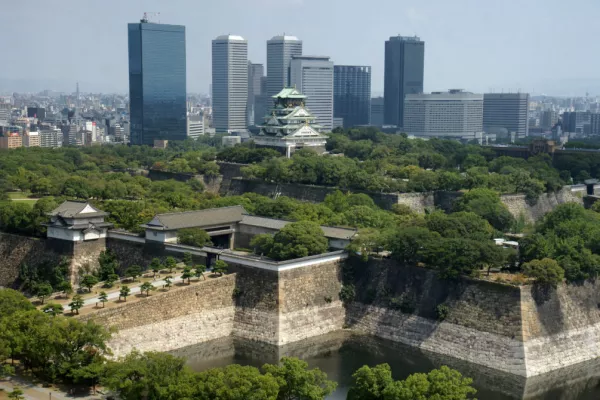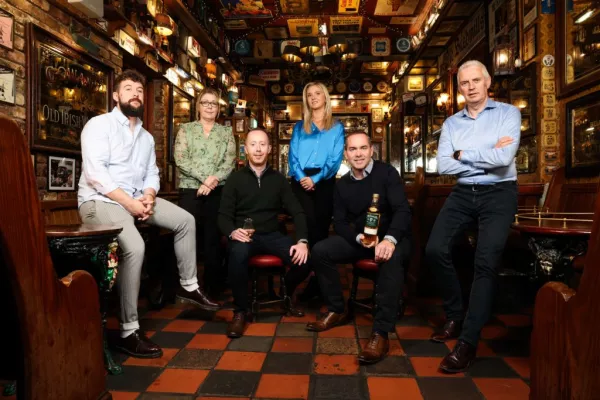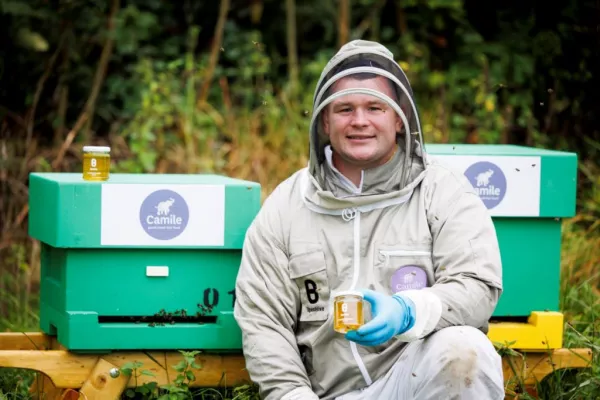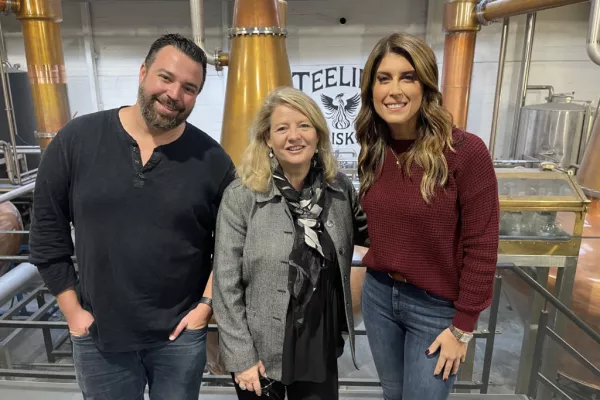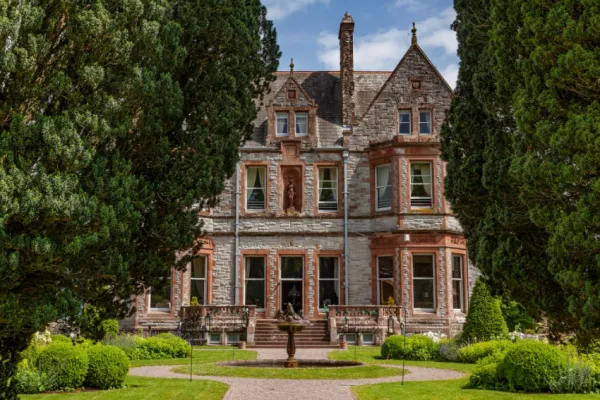Osaka, long Japan's "second city", is winning the race against Tokyo to draw foreign tourists, but after a boom, its retailers and property developers are adapting to shifting tourism spending patterns.
Inbound tourism to Osaka surged five-fold between 2012 and 2017, faster than visits to Tokyo, as the city lured low-cost carriers and promoted itself as a base to visit the 25 World Heritage sites in nearby Kyoto and Nara.
Initially, developers and retailers scrambled to build new hotels, expand floor space and install cashless payment systems like AliPay and WeChat to keep up with the sudden influx of big-spending tourists, mostly from China.
But tourism is entering a new phase now where instead of loading up on luxury brands, visitors want to spend more on services like makeup consulting, maternity goods and other cheaper items.
Businesses expect that to become the norm and to provide a permanent boost to the economy of the Kansai region around Osaka as the city prepares to build a large casino resort.
"Osaka was running at full speed on tourism, but now we're moving to a more sustainable pace of growth," said Takeshi Yamaguchi, associate director of research at real estate consulting firm CBRE in Osaka.
"Compared to Tokyo, Osaka is positioned for longer and more sustainable growth in development and tourism because of things like the integrated resort," Yamaguchi added.
Tourist Boom
The success of Osaka, long overshadowed by Tokyo and dismissed as gritty and chaotic, has caught analysts by surprise.
The city's compact layout and food culture have proven a hit with Asian tourists, and that has created new opportunities for start-ups, social media marketing consultants and foreign property developers.
Osaka and its surrounding cities may become the most visible example of how Prime Minister Shinzo Abe's economic policies have changed Japan.
Since Abe took office in late 2012, the government has relaxed visa requirements for China and other Southeast Asian countries. Foreign visitors to Osaka hit 11.1 million in 2017, a five-fold increase from 2012, making it Japan's fastest-growing inbound tourist destination, government data show.
By contrast, visits to Tokyo roughly tripled in the same period.
Foreign visitors to Osaka could reach 26 million per year by 2030, CBRE's Yamaguchi says.
"I've been to Osaka three times, and I like it better than Tokyo," Zhang Xin Jie, 30, a software engineer from Shenzhen, China, said at a shopping arcade in Osaka's bustling Shinsaibashi district. "I like the vibe, the history, and the shopping."
Tourism spending in the Kansai area, which includes Osaka, Kyoto and Nara, more than tripled to 1.3 trillion yen ($11.64 billion) in fiscal year 2017 from fiscal 2013, adding an average 0.2 percentage point to the Kansai area's economy for the past three fiscal years, according to a central bank report.
"Selling Experiences"
The economic benefits are expected to continue, but Osaka's retailers say tourism spending is slowing.
Average incomes of visitors are falling as more cheap flights become available. China's government enacted a law in January taxing Chinese sellers who buy Japanese goods in bulk and resell them online.
Chinese tourists are growing more interested in beauty treatments, maternity wear, baby bottles and other goods that cost much less than luxury items, retailers say.
Duty-free sales at Takashimaya Co's Osaka department store rose 13% in 2018, much slower than a 71% increase in the previous year.
"The amount purchased per customer is falling, so we are reaching a point where we need to think more about selling experiences instead of selling only goods," said Tatsuya Inagawa, deputy manager of public and investor relations at Takashimaya's Osaka store.
More Chinese shoppers are asking sales assistants to show them different makeup techniques, according to Inagawa, so stores may offer tourists more beauty counselling.
Some start-ups are taking things a step further by marketing Osaka to Chinese tourists as a destination for spa treatments and medical tourism.
Property development, which was once red-hot in Osaka, is also starting to slow.
New construction of hotels and restaurants surged six-fold from 2012 to 2017 but slumped by 87% in 2018 compared with the previous year, a sign of concerns that too much supply came to market too quickly. Construction of wholesale and retail space also fell 28% in 2018 from the previous year.
Some property analysts and retailers say the slowdown in tourist spending and property development is just a temporary dip.
Their rationale: Osaka plans to open a one million-square-metre casino and conference centre in fiscal 2024 on par with Singapore's casino on Sentosa Island. The Osaka facility is expected to draw 2.2 million visitors by 2030 at an estimated economic impact of 760 billion yen per year.
In addition, Osaka will host a group of 20 heads of state summit in June, Rugby World Cup matches in September and October, and a World Expo in 2025, which should keep tourists and their money flowing steadily into Osaka and the Kansai region.
"Tourism in Osaka is growing faster than in Tokyo, so I am certain that one day soon we will overtake Tokyo," Hirofumi Yoshimura, mayor of Osaka city, told reporters in Tokyo.
"Osaka is close to a lot of attractions in Kyoto and Nara that tourists want to see," Yoshimura added. "This is a catalyst for tourism that Tokyo doesn't have."
News by Reuters, edited by Hospitality Ireland. Click subscribe to sign up for the Hospitality Ireland print edition.
